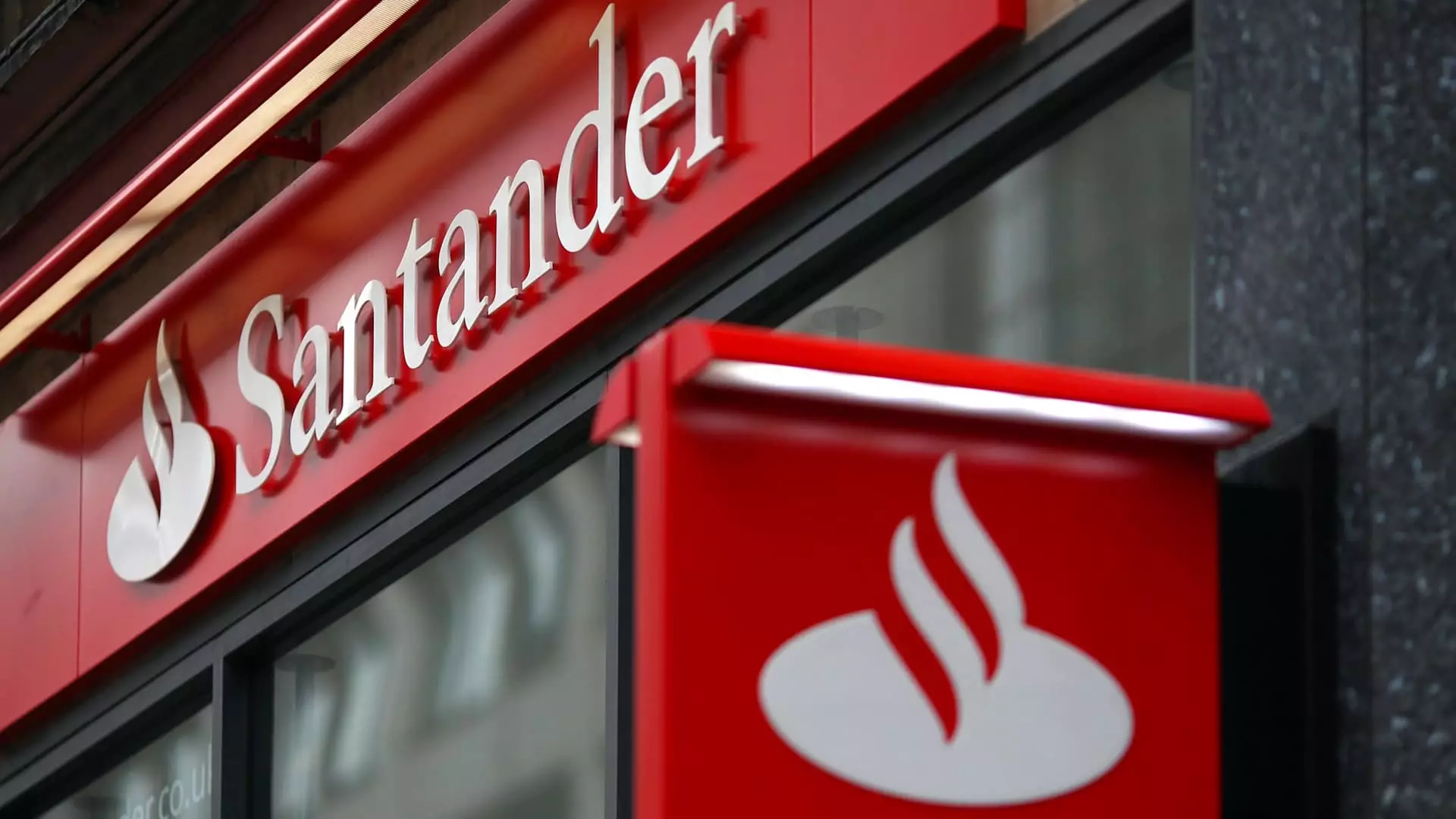In an era when many traditional banks struggle to retain market relevance, Santander has demonstrated its strategic agility and long-term vision through a decisive acquisition of TSB. This move signals a firm commitment to its core markets despite the turbulence faced domestically and internationally. By investing £2.65 billion to acquire TSB from Sabadell, Santander is not merely expanding its assets — it is reshaping its future trajectory in the UK, a key strategic front.
What makes this acquisition stand out is Santander’s ability to see beyond immediate profitability concerns. The U.K. remains a vital component of its diversified portfolio, offering steady, predictable returns in sterling, considered a safe haven amidst global economic volatility. By planning to elevate its return on tangible equity in the UK to 16% by 2028, the bank is positioning itself for sustainable growth rather than short-term gains. This demonstrates a confident, forward-looking approach rooted in the belief that quality assets and strategic control in developed markets pay long-term dividends.
This move also signals a shift in narrative within the bank’s leadership. For years, Santander’s presence in Britain was tinged with doubts — profitability dips, rumors of shutdowns, and operational cuts that painted a picture of retreat rather than resurgence. The acquisition of TSB effectively silences such doubts, reasserting Santander’s belief in the resilience and strategic importance of the UK market. CEO Ana Botin’s cautious insistence that Santander never considered leaving the UK underscores the bank’s commitment to building a sustainable footprint in the world’s sixth-largest economy.
A Defensive Play or a Strategic Catalyst?
The TSB acquisition has layers of strategic intent. Some experts interpret it as a defensive maneuver, especially against the backdrop of Sabadell’s internal turmoil and its ongoing struggle against a potentially hostile takeover by BBVA. Sabadell, having acquired TSB in 2015 from Lloyds, is now caught between conflicting interests — maintaining its independence, countering the BBVA bid, and appeasing Spanish regulators and politicians.
The timing of Santander’s move is strategic not only for expansion but also for influence. By securing TSB, Santander potentially elevates its bargaining power in the ongoing rivalry with BBVA for dominance in Spain’s increasingly consolidated banking sector. RBC analysts suggest that Santander’s purchase might serve as a defensive tactic, aiming to sway Sabadell shareholders away from accepting BBVA’s offer, which could weaken Sabadell’s strategic autonomy.
This dynamic underscores a broader theme in European banking: fierce competition, regulatory scrutiny, and political considerations often intersect, complicating merger battles and acquisition strategies. Santander’s bold move is a clear message — it is not just a passive spectator but an active participant seeking to shape the landscape in its favor.
Implications for European Banking and Market Stability
The broader geopolitical and economic contexts give additional weight to Santander’s acquisition. The European Commission’s approval indicates a controlled and careful approach to market consolidation, emphasizing that competitive integrity should be maintained. Yet, the campaign risk of BBVA’s bid for Sabadell, combined with Madrid’s political sensitivities around Catalonia, creates a jam-packed chessboard of strategic decisions.
Santander’s audacious purchase may serve as a reminder that banks with extensive global footprints are capable of making strategic moves that disrupt established narratives. The bank’s willingness to invest heavily in the UK, despite recent profitability challenges, demonstrates a level of confidence that most banks would shy away from amid uncertain conditions. This resilience is rooted in a recognition that diversified, high-quality assets serve as a shield against volatility.
By leveraging its size and reputation, Santander is effectively asserting a position of strength. The acquisition is more than just a growth opportunity; it is a statement about the bank’s commitment to maintaining and expanding its influence across key markets. Such bold initiatives inevitably ripple through the European banking sector, compelling competitors to reconsider their strategies and cautioning them about Santander’s upward trajectory.
Controlling the Narrative in a Competitive Landscape
While many banks might focus solely on short-term profits or reactive measures, Santander’s leadership appears to understand that long-term strategic control hinges on decisive investments and operational resilience. Their approach is a testament to a confident leadership that recognizes the importance of market perception, regulatory diplomacy, and shareholder value.
The move also reveals a nuanced understanding of the complexity of the European financial ecosystem. It’s not just about growth; it’s about influencing the future of banking in a rapidly evolving environment marked by technological disruption, regulatory tightening, and political sensitivities. In this context, acquiring TSB allows Santander not only to strengthen its market share but also to position itself as a stabilizing force.
As it stands, the acquisition underscores Santander’s willingness to challenge the status quo, leveraging its considerable resources and strategic insight to shape the future of banking in Europe. The bank’s bold step signals a clear message: that resilient, well-diversified institutions remain the pillars of stability and growth, especially when faced with external uncertainties and fierce competition.

